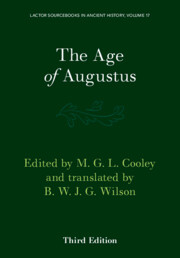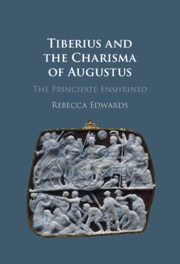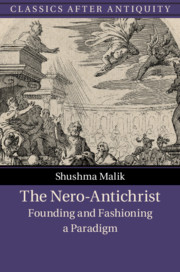Tiberius to Nero
This volume in the LACTOR Sourcebooks in Ancient History series offers a generous selection of primary texts on the life of the Roman Empire during the period from Tiberius to Nero (AD 14–68), with an accompanying glossary, thorough notes, Imperial family trees and numerous illustrations of coins. It provides for the needs of students at schools and universities who are studying ancient history in English translation and has been written and reviewed by experienced teachers. The texts selected include extracts from the important literary sources but also numerous inscriptions and coins, many of these being otherwise difficult for students to access.
- Includes a generous selection of texts in new translations to give the student quick and convenient access to the primary sources needed for their study of the Roman Empire from Tiberius to Nero
- This volume includes a glossary, thorough notes, Imperial family trees and coin illustrations to help the student better understand the sources
- Written and reviewed by experienced teachers at schools and universities to ensure it provides exactly what students of ancient history require
Product details
No date availableAdobe eBook Reader
9781009382878
0 pages
Table of Contents
- Part I. Sources:
- 1. Section A: The acts of the Arval brothers
- 2. Section B: List of Consuls, AD 14 to 68
- 3. Section C: Velleius Paterculus, History of Rome, 2.124-131
- 4. Section D: Philo, Embassy to Gaius (selections)
- 5. Section E: Josephus, Jewish Antiquities, 19.1-275
- 6. Section F: Seneca, Apocolocyntosis
- 7. Section G: Seneca, On Clemency (selections)
- 8. Section H: Octavia (selections)
- Part II. Themes:
- 9. Section J: Imperial family
- 10. Section K: Rome and Italy
- 11. Section L: Religion and imperial cult
- 12. Section M: Administration of empire
- 13. Section N: War and expansion
- 14. Section P: Conspiracies, revolts and scandals
- 15. Section Q: Popular entertainment
- 16. Section R: Learning, literature, arts and culture
- 17. Section S: Slaves and freedmen
- 18. Section T: Tyranny
- Panegyric or invective
- 19. Section U: Upper Classes.






